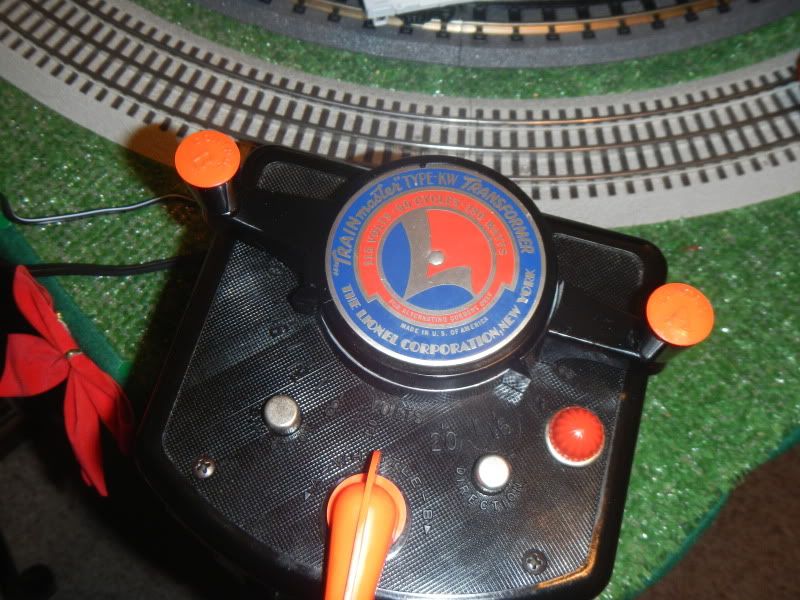I have been eyeing a Lionel ZW for sometime in order to consolidate power to the layout ( three loops + accessories) and found that for a vintage transformer they certainly hold up their value, much to my dismay. I found a 250 Watt 12B Watt American Flyer with dual controls for $49.00 and am very pleased with it inasmuch as I enjoy the looks of a vintage transformer. I want to get rid of my last two MTH bricks and wondered what other options there are for vintage transformers in this power range? I could get another 12B but I would like some variety in the look. Any suggestions?
Here is the 12B model I found for those that might be curious as to it's look.( its a real workhorse)...vintage transformers are my latest eccentric quirk. The handles on this one could be put on the end of a stick and I could go spearing wild boars.







